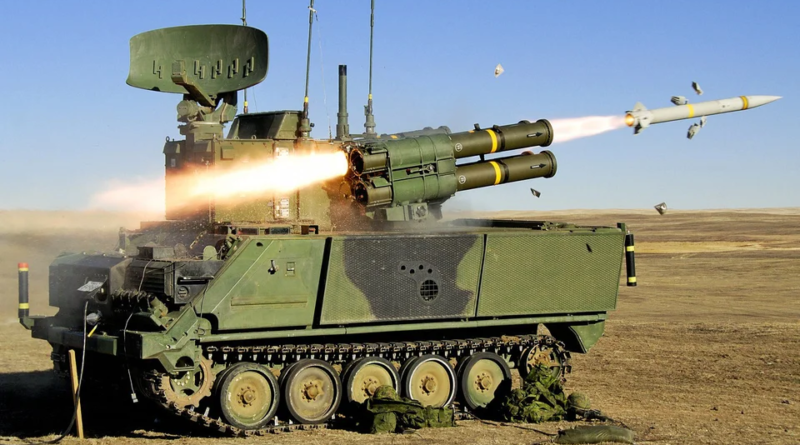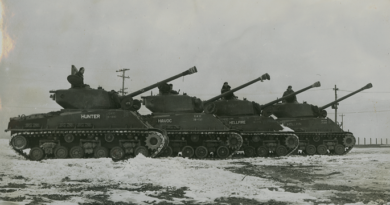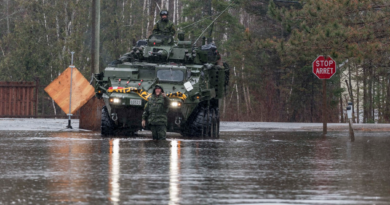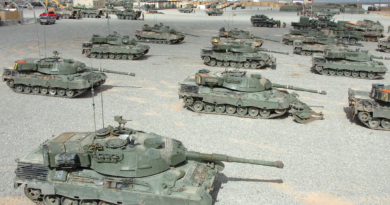We Have No Air Defence For Our Army – Why?
by Murray Lee
Introduction
Fact: the Canadian Army does not have a capability to defend itself against air attack, either from fighter aircraft or sophisticated attack/strike helicopters, unless you want to stretch your imagination and state our soldiers have pistols, rifles and machine guns. Currently, the Canadian Army solution to this problem, such as with the current mission in Latvia, is to pair Canadian units with allied forces that have an air defence capability. So much for Strong, Secure and Engaged (SSE), the government paper on defence preparedness published in 2017. This will be discussed later.
A Short History of Air Defence for the Canadian Army
When the Canadian Army was stationed in Germany in the 60’s and early 70’s, 4 Canadian Mechanized Brigade Group was equipped with a Blowpipe air defence unit to provide limited air defence for the brigade group. When the army left Europe, the Blowpipes, 111 of them, were placed in storage. The Canadian military took Blowpipe from storage to provide protection for our naval task force contribution in the 1991 Gulf War, and as age had degraded the weapons, nine out of 27 missiles tested misfired. Thenext generation missile, the FGM-178 Javelin, known as a Man portable Air Defence System (MANPADS), was then hastily purchased as a replacement.
Ten years ago the Canadian Armed Forces had a ground based air defence capability made up of several components. There was the Javelin and in addition the Oerlikon GDF-005 Twin-35mm anti-aircraft gun. But the most recognizable piece of kit for the Canadian Army in terms of air defence was the ADATS, the Air Defence Anti-Tank System. ADATS first entered service with the Air Defence Artillery School located at CFB Chatham, NB, in 1989 with 34 units purchased. It was considered state-of-the-art at the time.
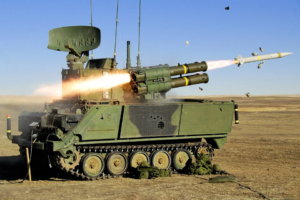
The last of the Canadian army’s air defence equipment, the ADATS, was retired ten years ago in 2012 after an aborted attempt to modernize the vehicles. At the time the federal government, under then-prime minister Stephen Harper, cut $2.1 billion out of the defence budget. Something had to go. Why not air defence?
For more than 15 years, Canadian military planners concentrated on fighting a counter-insurgency war in Afghanistan. No one was concerned about updating Cold War-era equipment meant to shoot down low-flying aircraft. The rationale – the Taliban had no air force! What changed?
The threat picture for Canadian Army changed dramatically when Russia annexed Crimea in 2014. That event launched a new era of state-to-state tensions, one where Canadian troops again could face attack from the air. Today, Ukraine is now the focus of our attention and indeed, our 200 or so trainers assisting the Ukraine military (called Operation UNIFIER) are deployed in an area under imminent air threat from Russia with its tremendous resources, including modern, up-to-date air assets such as attack and strike helicopters. Can we defend ourselves against this new threat? The answer is a resounding NO.
A New Government, a White Paper (the SSE) and World Events
As stated previously, by 2012 the Canadian Army had no ground based air defence capability. But in the coming years, based on the SSE, that is expected to change. The Liberal government has a commitment to spend between $250 million and $499 million on a Ground Based Air Defence (GBAD) system that is intended provide tactical air defence protection to friendly forces and vital installations during both expeditionary and domestic operations.
In June of 2017, the Minister of National Defence tabled a defence paper in Parliament entitled Strong, Secure and Engaged, a blue print if you will, for defence policy and procurement for the next 20 years. Under the Army requirements, the first one listed in the document is:
“Acquire ground-based air defence systems and associated munitions capable of protecting all land-based force elements from enemy airborne weapons.”
The current CDS, General Eyre in a recent interview with CBC news stated:
“Restoring an anti-aircraft defence is one of my top priorities. Air defence is right at the top of the pile of stuff I want to get in. It is a capability shortfall right now. And as you see the emerging threats out there, it is one that concerns me.”
As stated in the SSE, government’s defence policy talks about buying new anti-aircraft equipment, and perhaps now anti-drone technology, but the project is still only in what defence officials call the ‘options analysis’ phase. According to sources in Ottawa, the majority of items to be acquired by this project will be fielded, commercial-off-the-shelf technology. The target threats are rocket, artillery and mortar (RAM) munitions, air-to-surface missiles (ASM) and bombs, as well as Remotely Piloted Aircraft Systems (RPAS).
The Canadian Armed Forces is open to looking at either guns or missiles for the job. It is also open to considering Directed Energy Weapon Systems. The package could include a sensor suite, fire control software and an integrated networked C4ISR (Command, Control, Communications, Computers, Intelligence, Surveillance and Reconnaissance) system. It will also be equipped with a training and simulation system that leverages modelling and simulation to provide realistic and immersive training, according to National Defence Heqdquarter sources.
To date, there have been no announcements and no request for proposals sent out although such action was to be taken in 2021. Crickets!
A Brief Glimpse of the Treats in Theatre (Ukraine)
Russia has built up a modern, sophisticated tactical air inventory since the Cold War ended. The old MI-24 Hind attack helicopters have been replaced by the newest model Mi-28 Havoc and a new lethal strike helicopter, the Kamov-52 Alligator, both of which have been deployed around the borders of Ukraine in significant numbers. This is in addition to their air force fighter capabilities. Here is a look at these awesome threats:
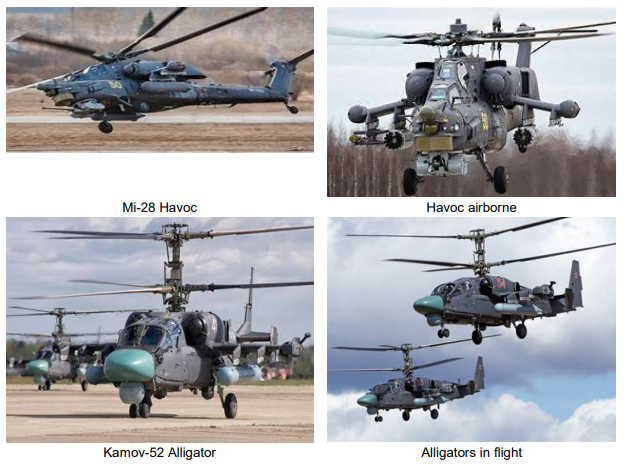
Conclusion
The lack of air defence for the Canadian Army is one which should concern all of us who value the safety of our soldiers and their ability to defend themselves when sent into harm’s way such as the case now in Europe. It is time for the government to live up to its promises as outlined in the SSE to equip the CAF with the tools it needs to carry out the missions assigned to it.
A PDF of this paper is available here.
This paper is a plea to our government to take action while there is still time to do so. Acquiring equipment takes time as does the associated training. Can we not get back on track?
Murray Lee is a retired RCAF pilot with extensive experience flying fighters. This work is the sole opinion of the author and does not necessarily represent the views of the Canadian Department of National Defence, the Canadian Armed Forces, the Royal Canadian Mounted Police or the Royal United Services Institute of Nova Scotia. The author may be contacted by email at: RUSINovaScotia@gmail.com.
Recommended citation: Murray Lee, We Have No Air Defence For Our Army – Why?, Royal United Services Institute of Nova Scotia, January 23, 2022

